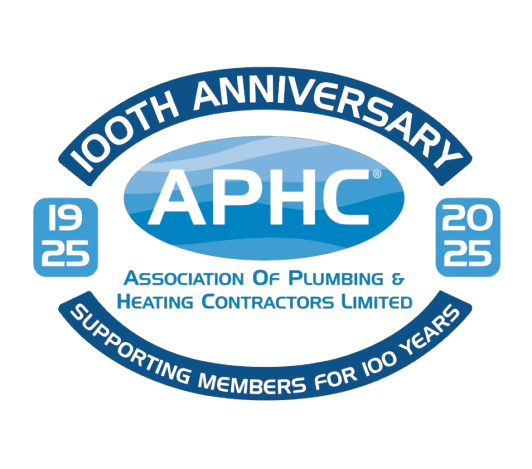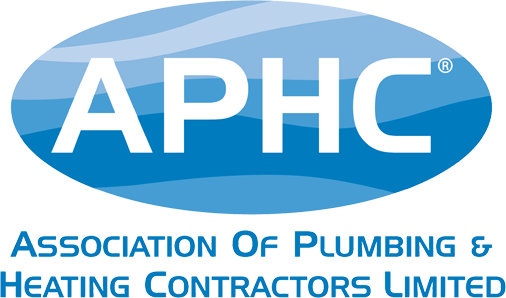The annual reports by the drinking water watchdog for England and Wales shows water supplies are among the best in the world – with 99.97% and 99.98%, respectively, of samples collected and tested meeting the required standards.
However, the document also reveals more than 36% of water quality failures in homes in England, and 51% of failures in homes in Wales, stem from plumbing issues in customers’ own properties.
Poor plumbing practices and fittings are one of the main causes of drinking water quality being affected, after it has been transferred safely from water mains into people’s homes.
These can include incorrectly connected appliances likes dishwashers and washing machines, misconnections to waste pipes, poor quality taps and fittings and even contamination from home oil storage tanks.
The Drinking Water Inspectorate and WaterSafe, the national register of approved drinking water contractors, are urging people to always use a WaterSafe member to work on their plumbing. This shows the installer is specifically trained in the regulations that help keep drinking water healthy in homes and businesses.
Julie Spinks, Director of WaterSafe, said: “The Drinking Water Inspectorate’s latest annual reports for England and Wales tell us our water supplies are world class and we want to play our part in making sure drinking water is as healthy when it comes out of customers’ taps, as it is when it leaves your local water company’s mains and pipes.”
If you’re already a member of APHC and have a recognised water fittings regulations certificate, you can join WaterSafe for free. In return, you’ll get promotion and branding, with a listing on the largest online directory for approved drinking water contractors in the UK, promoted to thousands of people each day, and by your local water company. Contact APHC to find out how you can register with WaterSafe at no extra cost today: aphc.co.uk/licensed-membership/watersafe.
For more information on WaterSafe and the benefits of becoming a member, please visit watersafe.org.uk/howtojoin
To read the drinking water report, visit dwi.gov.uk



